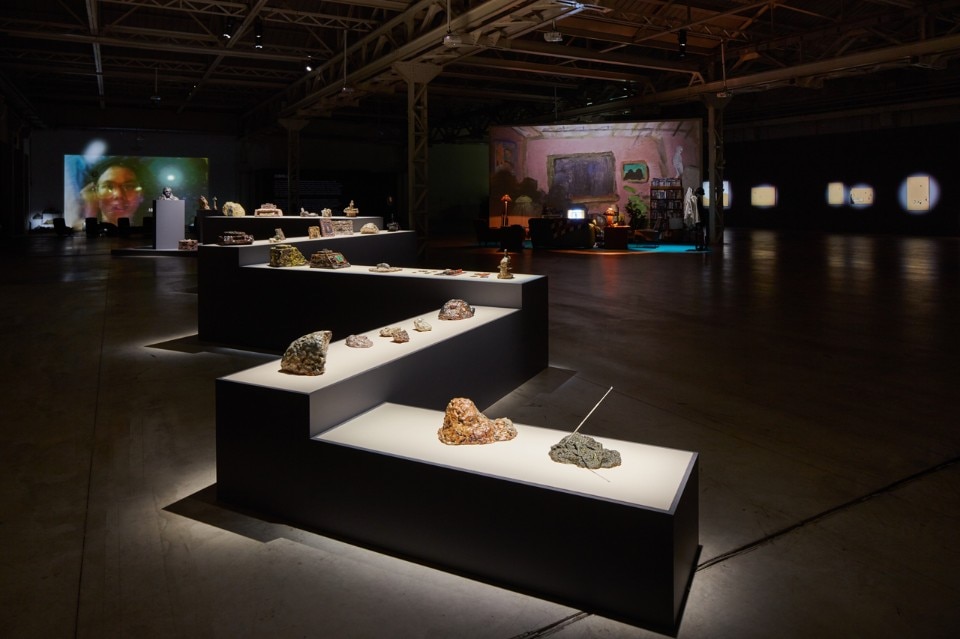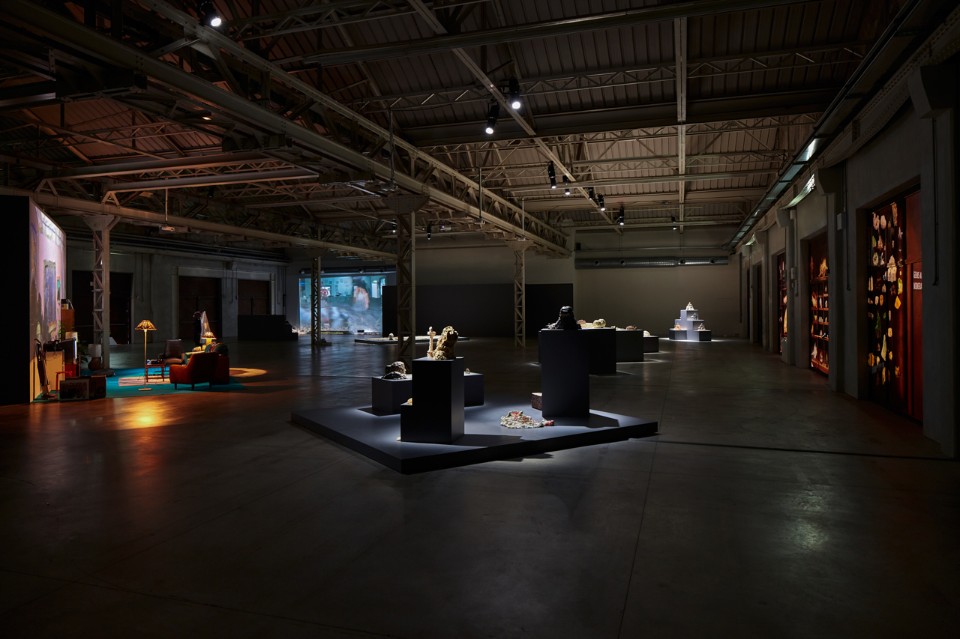The feeling that we get after leaving Trisha Baga’s exhibition is very similar to the one we get after spending and entire day in front of the computer, with information building up and chasing us from one mental place to another in a seemingly uninterrupted flow, while actually forcing us to freeze a thought in order to immediately come up with a new one, without realizing how much time we are spending stuck in front of a screen, motionless.
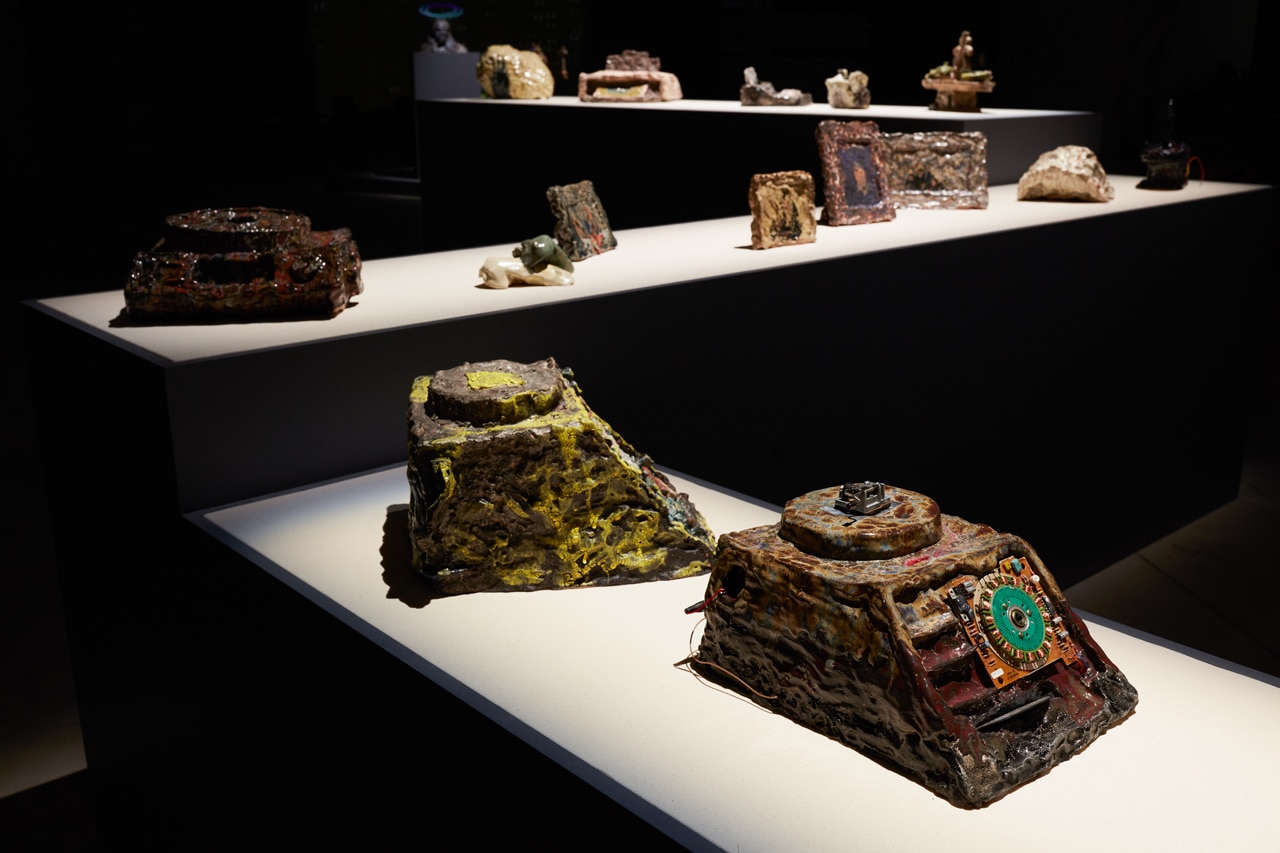
 View gallery
View gallery
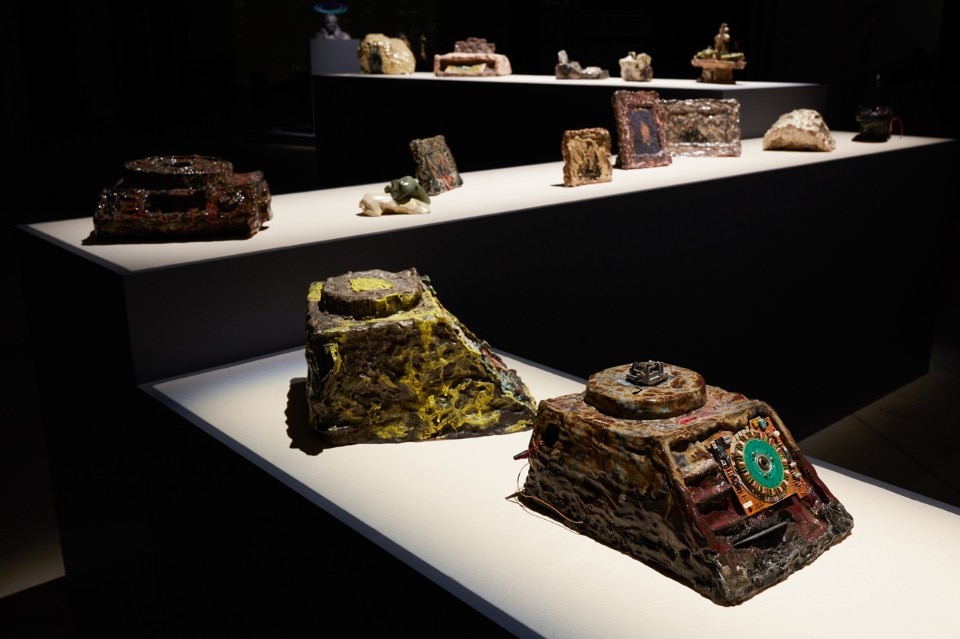
Trisha Baga, “The eye, the eye and the ear’, 2020
Trisha Baga on show at HangarBicocca, Milan, from 20 February to 19 July 2020. Curated by Lucia Aspesi and Fiammetta Griccioli
Courtesy Pirelli HangarBicocca
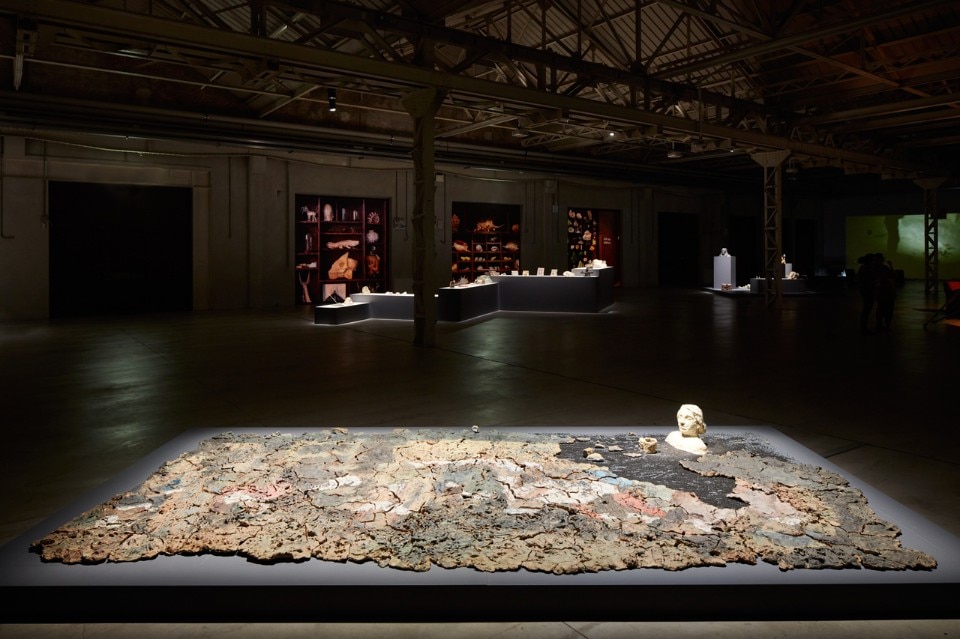
Trisha Baga, “The eye, the eye and the ear’, 2020
Trisha Baga on show at HangarBicocca, Milan, from 20 February to 19 July 2020. Curated by Lucia Aspesi and Fiammetta Griccioli
Courtesy Pirelli HangarBicocca
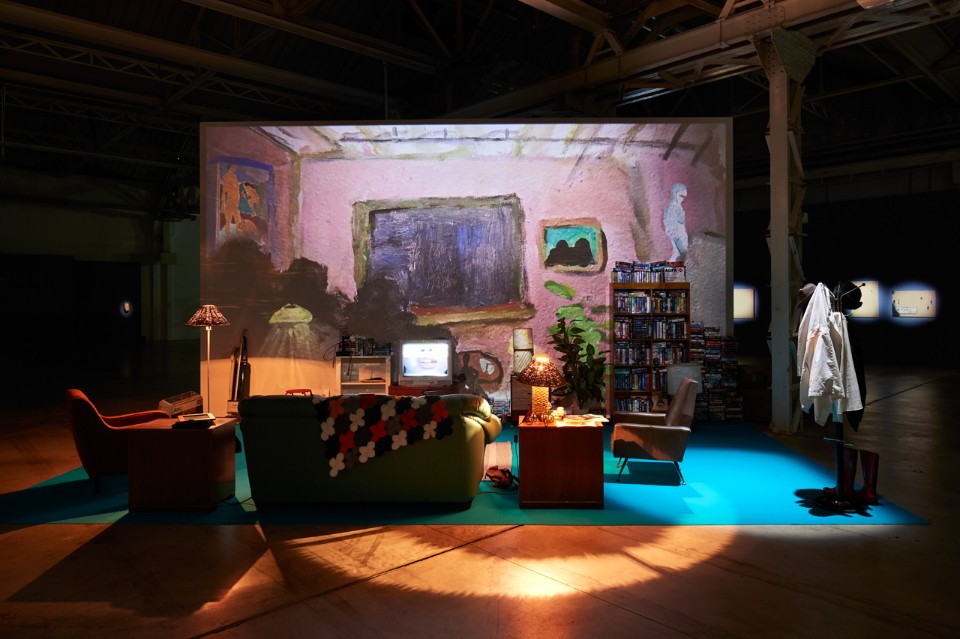
Trisha Baga, “The eye, the eye and the ear’, 2020
Trisha Baga on show at HangarBicocca, Milan, from 20 February to 19 July 2020. Curated by Lucia Aspesi and Fiammetta Griccioli
Courtesy Pirelli HangarBicocca
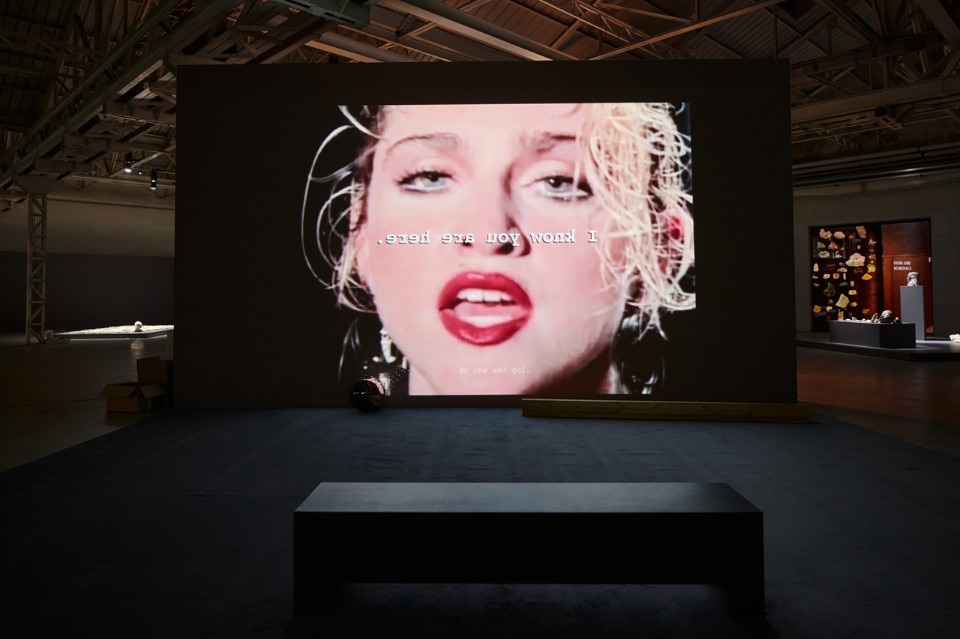
Trisha Baga, “The eye, the eye and the ear’, 2020
Trisha Baga on show at HangarBicocca, Milan, from 20 February to 19 July 2020. Curated by Lucia Aspesi and Fiammetta Griccioli
Courtesy Pirelli HangarBicocca
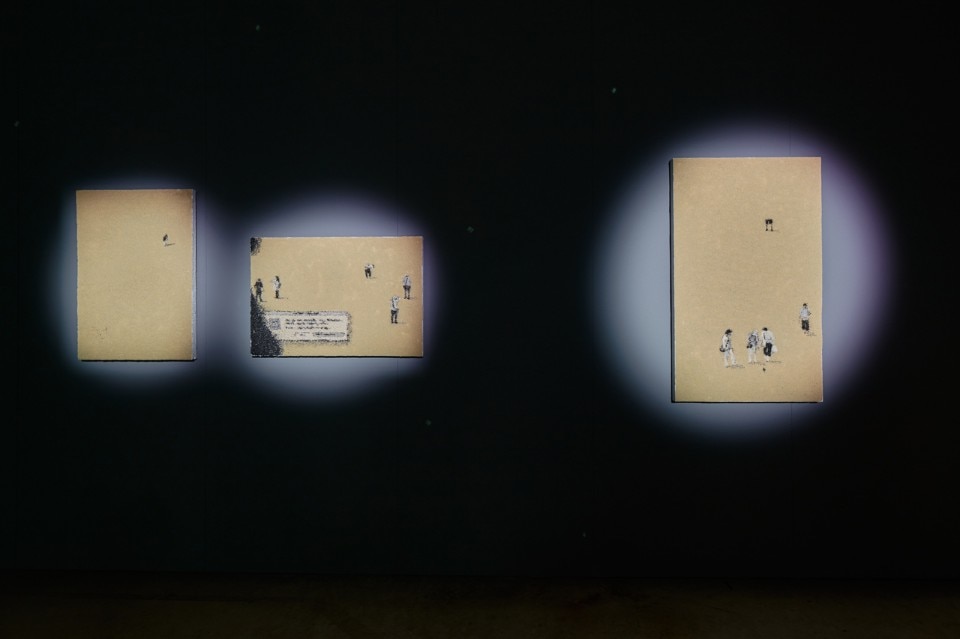
Trisha Baga, “The eye, the eye and the ear’, 2020
Trisha Baga on show at HangarBicocca, Milan, from 20 February to 19 July 2020. Curated by Lucia Aspesi and Fiammetta Griccioli
Courtesy Pirelli HangarBicocca
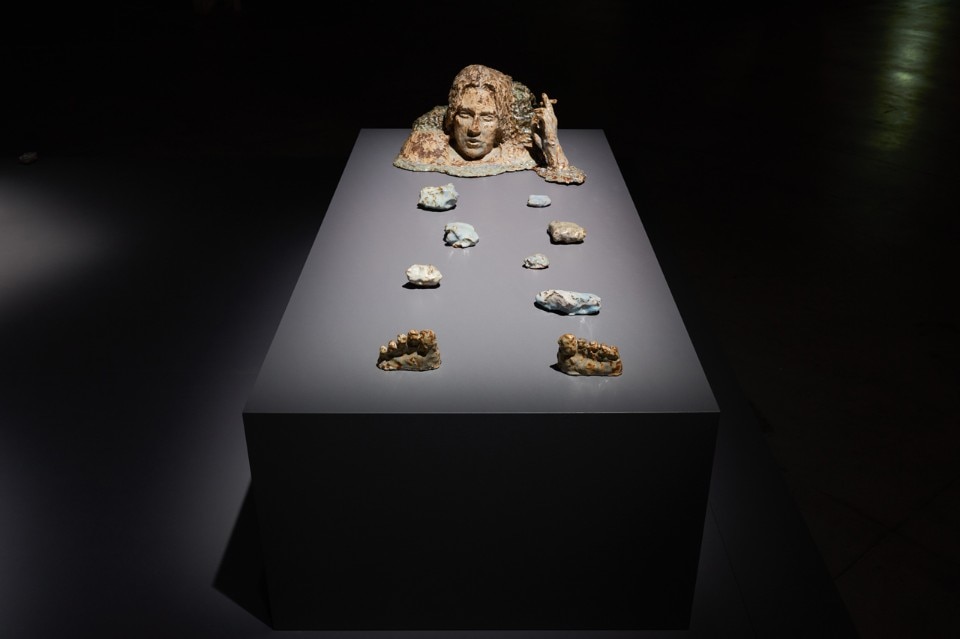
Trisha Baga, “The eye, the eye and the ear’, 2020
Trisha Baga on show at HangarBicocca, Milan, from 20 February to 19 July 2020. Curated by Lucia Aspesi and Fiammetta Griccioli
Courtesy Pirelli HangarBicocca
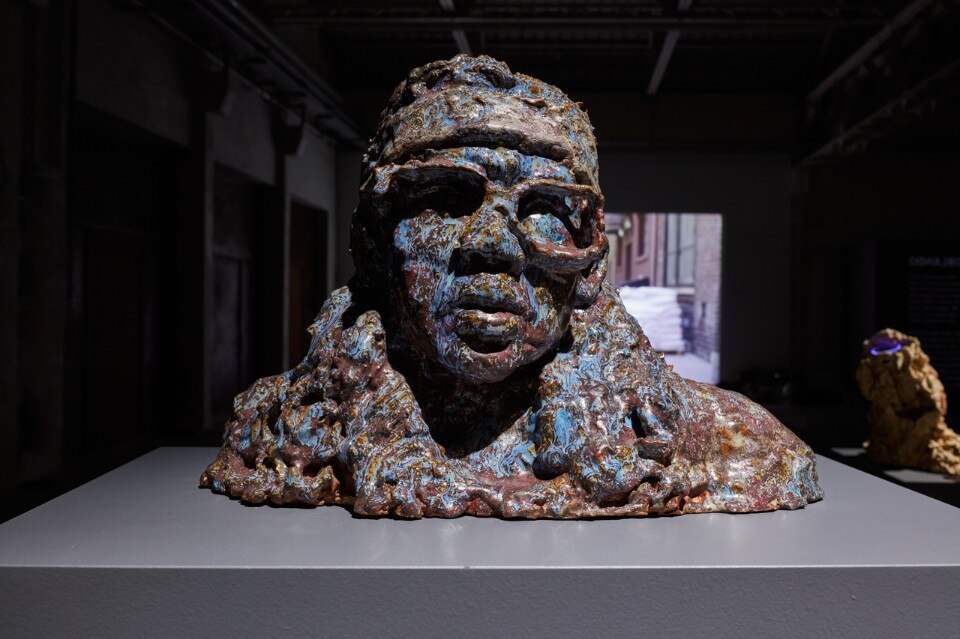
Trisha Baga, “The eye, the eye and the ear’, 2020
Trisha Baga on show at HangarBicocca, Milan, from 20 February to 19 July 2020. Curated by Lucia Aspesi and Fiammetta Griccioli
Courtesy Pirelli HangarBicocca
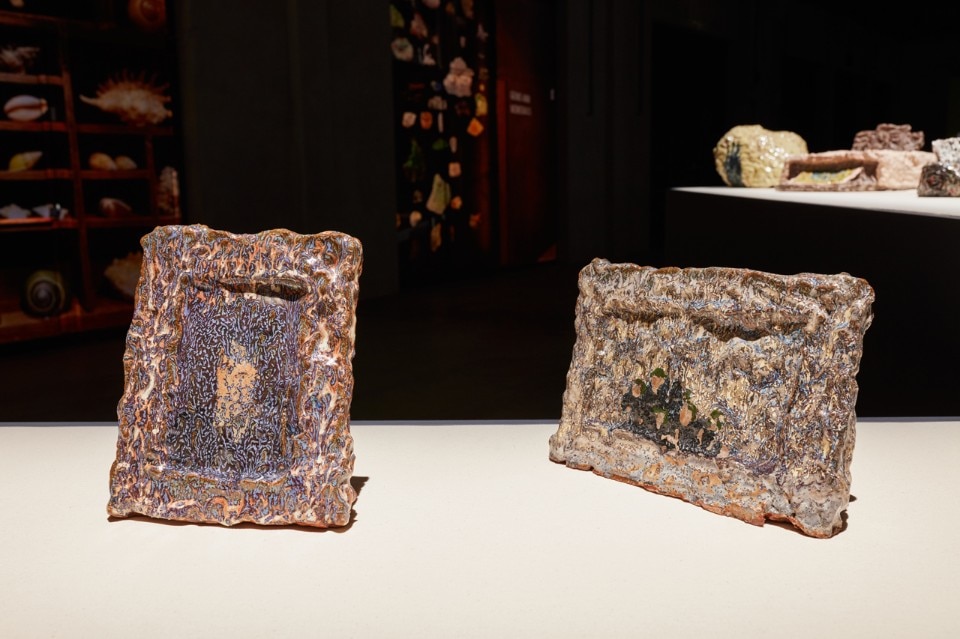
Trisha Baga, “The eye, the eye and the ear’, 2020
Trisha Baga on show at HangarBicocca, Milan, from 20 February to 19 July 2020. Curated by Lucia Aspesi and Fiammetta Griccioli
Courtesy Pirelli HangarBicocca
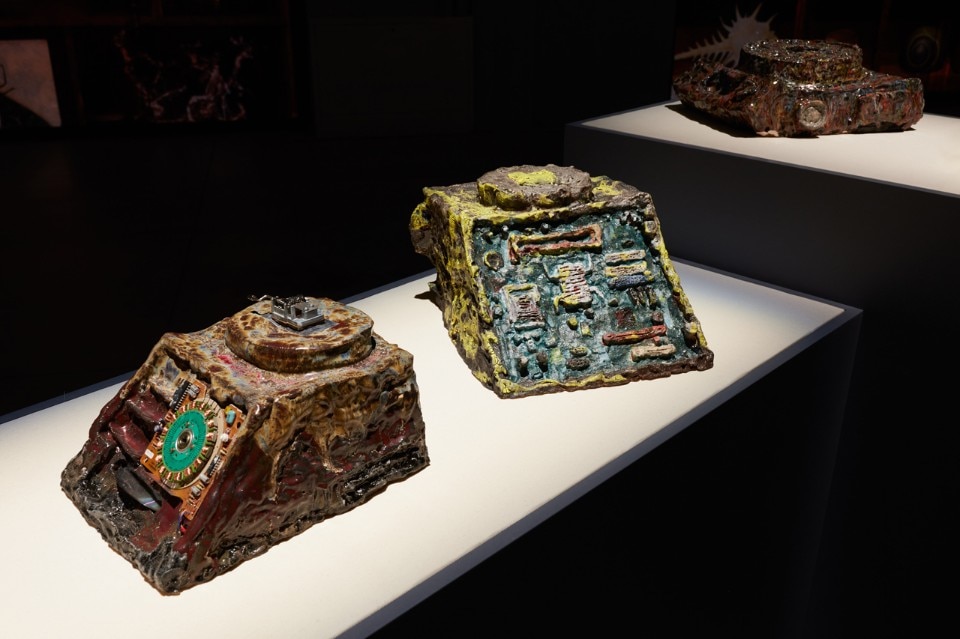
Trisha Baga, “The eye, the eye and the ear’, 2020
Trisha Baga on show at HangarBicocca, Milan, from 20 February to 19 July 2020. Curated by Lucia Aspesi and Fiammetta Griccioli
Courtesy Pirelli HangarBicocca
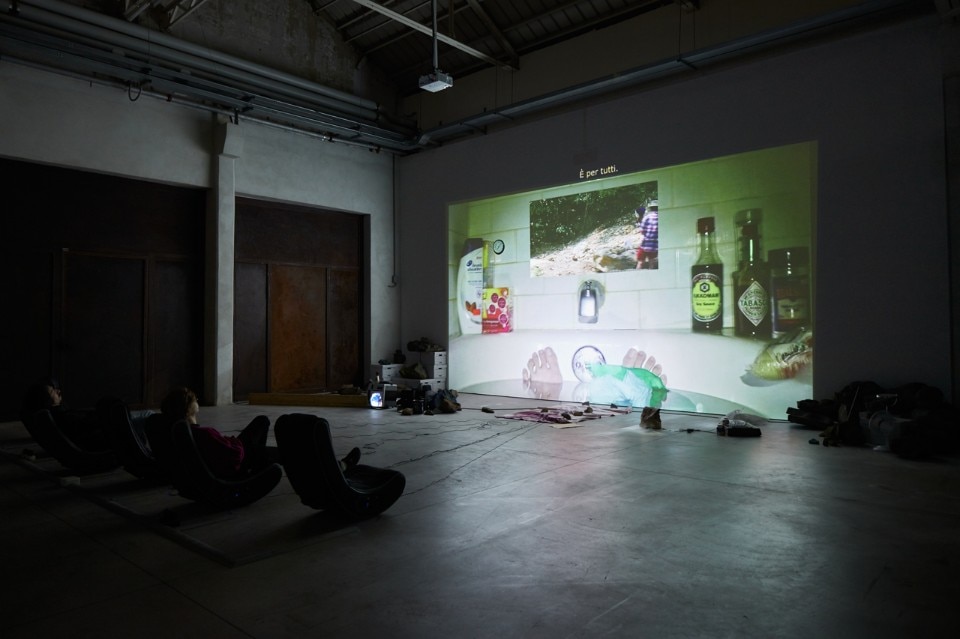
Trisha Baga, “The eye, the eye and the ear’, 2020
Trisha Baga on show at HangarBicocca, Milan, from 20 February to 19 July 2020. Curated by Lucia Aspesi and Fiammetta Griccioli
Courtesy Pirelli HangarBicocca
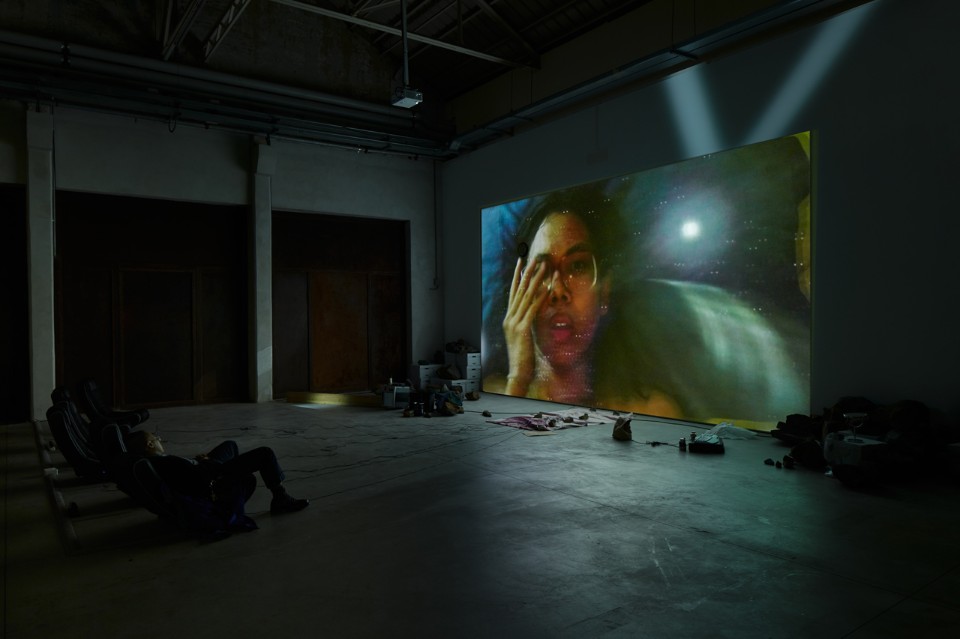
Trisha Baga, “The eye, the eye and the ear’, 2020
Trisha Baga on show at HangarBicocca, Milan, from 20 February to 19 July 2020. Curated by Lucia Aspesi and Fiammetta Griccioli
Courtesy Pirelli HangarBicocca

Trisha Baga, “The eye, the eye and the ear’, 2020
Trisha Baga on show at HangarBicocca, Milan, from 20 February to 19 July 2020. Curated by Lucia Aspesi and Fiammetta Griccioli
Courtesy Pirelli HangarBicocca

Trisha Baga, “The eye, the eye and the ear’, 2020
Trisha Baga on show at HangarBicocca, Milan, from 20 February to 19 July 2020. Curated by Lucia Aspesi and Fiammetta Griccioli
Courtesy Pirelli HangarBicocca

Trisha Baga, “The eye, the eye and the ear’, 2020
Trisha Baga on show at HangarBicocca, Milan, from 20 February to 19 July 2020. Curated by Lucia Aspesi and Fiammetta Griccioli
Courtesy Pirelli HangarBicocca

Trisha Baga, “The eye, the eye and the ear’, 2020
Trisha Baga on show at HangarBicocca, Milan, from 20 February to 19 July 2020. Curated by Lucia Aspesi and Fiammetta Griccioli
Courtesy Pirelli HangarBicocca

Trisha Baga, “The eye, the eye and the ear’, 2020
Trisha Baga on show at HangarBicocca, Milan, from 20 February to 19 July 2020. Curated by Lucia Aspesi and Fiammetta Griccioli
Courtesy Pirelli HangarBicocca

Trisha Baga, “The eye, the eye and the ear’, 2020
Trisha Baga on show at HangarBicocca, Milan, from 20 February to 19 July 2020. Curated by Lucia Aspesi and Fiammetta Griccioli
Courtesy Pirelli HangarBicocca

Trisha Baga, “The eye, the eye and the ear’, 2020
Trisha Baga on show at HangarBicocca, Milan, from 20 February to 19 July 2020. Curated by Lucia Aspesi and Fiammetta Griccioli
Courtesy Pirelli HangarBicocca

Trisha Baga, “The eye, the eye and the ear’, 2020
Trisha Baga on show at HangarBicocca, Milan, from 20 February to 19 July 2020. Curated by Lucia Aspesi and Fiammetta Griccioli
Courtesy Pirelli HangarBicocca

Trisha Baga, “The eye, the eye and the ear’, 2020
Trisha Baga on show at HangarBicocca, Milan, from 20 February to 19 July 2020. Curated by Lucia Aspesi and Fiammetta Griccioli
Courtesy Pirelli HangarBicocca

Trisha Baga, “The eye, the eye and the ear’, 2020
Trisha Baga on show at HangarBicocca, Milan, from 20 February to 19 July 2020. Curated by Lucia Aspesi and Fiammetta Griccioli
Courtesy Pirelli HangarBicocca

Trisha Baga, “The eye, the eye and the ear’, 2020
Trisha Baga on show at HangarBicocca, Milan, from 20 February to 19 July 2020. Curated by Lucia Aspesi and Fiammetta Griccioli
Courtesy Pirelli HangarBicocca
This very common feeling was also accurately described, albeit in a far too apocalyptic way, by journalist Nicholas Carr, in his famous article Is Google Making Us Stupid?.
Deliberately or not, Trisha Baga has always very effectively incorporated this dimension into her work. Mollusca & The Pelvic Floor, which focuses on the theme of the artificial intelligence developed by Amazon with the Alexa virtual assistant, and 1620, an impressionistic work of science fiction on the American culture icon, are two installations that employ 3D technology and the superimposition and fragmentation of narration, which unfolds simultaneously on different levels - images, text and sound that create something very similar to what Carr calls "hypermedia" (this is how he defines the Internet, which is a combination of the technology of hypertext with the technology of multimedia). In other words, it is an experience capable of putting together a series of stimuli that constitute that hyperinformation that we now access on a daily basis and from which we are hypnotized or consensually trapped.
A sort of immaterial world that is also composed of a precise physicality (albeit neglected) capable of influencing us. Although it is true that we are not forced to stand in front of a computer during the exhibition, it must be noted that, even here, this endless flow of stimuli can be enjoyed only by sitting still, while wearing glasses and headphones.
One can safely say that Trisha Baga's work is capable of representing (without neglecting the aesthetic component) an increasingly bigger fragment of daily life, made of windows that open and close on a screen and links that force the thought to be more and more elastic.
Being an interpreter of her own time, the exhibition also displays a less recent work in which the artist investigated the language of television: There's No "I" in Trisha of 2005-2007 ( after all, before the Internet there was TV), in which she is the protagonist (as often happens in her works) of a sitcom focused on gender stereotypes.
One can safely say that Trisha Baga's work is capable of representing an increasingly bigger fragment of daily life, made of windows that open and close on a screen
If the videos projected or showed inside a monitor make us think of a (only apparent) immateriality, however, what Trisha Baga really wants to show us is the material act of making, which implies a bodily action that is the expression of an evocative manual dexterity such as the one needed to create the beautiful polychrome ceramic sculptures that she's been making since 2015 and which are part of the Hypothetical Artifacts series at the beginning of the exhibition.
The group of works, on display as if they were archaeological finds (the allusion to the taxonomy typical of natural history museums is evoked by the images on the walls), represents everyday objects such as printers, photo frames, typewriters, telephones, and so on… Or even the busts of the Calcified Encrasements for Virtual Assistants series, which become potential containers of artificial intelligence devices, also representing the trait d'union that brings us back to the themes of digital, connection and bodily immobility. The Seed Paintings of 2017 were composed of sesame seeds and foam on wooden panels and represent images of another multimedia installation in which also appear some computer windows.
- Artist:
- Trisha Baga
- Title:
- Trisha Baga, the eye, the eye and the ear
- Opening dates:
- 20 February - 19 July 2020
- Venue:
- Pirelli HangarBicocca, via Chiese 2, Milano
- Curators:
- Lucia Aspesi and Fiammetta Griccioli


